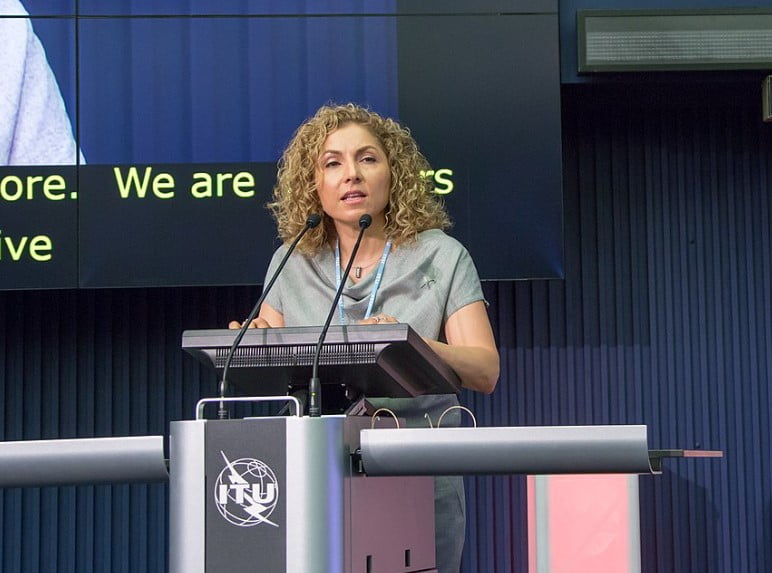Australia’s fire chiefs anticipate the next generation of space-based fire detection and extinction tools enabled by low-earth orbit satellites may hold the key to mitigating extreme remote wildfires.
Extreme bushfires, although rare (only about 3 per cent of all wildfires), are responsible for more than 80 per cent of total fire damages and contribute significantly to global greenhouse gas emissions.
“As our fire seasons get longer and stronger, firefighters will need every tool possible to help keep our communities safe,” said Australasian Fire and Emergency Services Council (AFAC) chief executive Rob Webb.
Over the past three decades, detecting dangerous bushfires has seen little disruptive innovation. Each year, global wildfires consume more 350 million hectares (865 million acres) of land, equivalent to the size of India and double the annual area that burned four decades ago.
At a recent InnovationAus.com webinar co-hosted with Minderoo Foundation on fighting fires from space, it emerged that the satellites, sensors, and rockets needed to solve this issue exist worldwide as space commercialisation brings down costs and drives innovation. The webinar is published today as a special issue of the Commercial Disco podcast.
However, there is a need for more satellites dedicated to the task of giving regional fire chiefs greater situational awareness through emerging technologies. This is a singular focus of the XPRIZE Foundation’s $16 million Wildfire innovation competition.
Fire agencies require fire updates every two minutes, especially for remote incidents. During the Gospers Mountain fires in the Blue Mountains, lightning strikes caused the number of fires to escalate from about 40 in the initial hour to more than 100 fires in just a couple of hours.
Quick information is vital for effective response.
While previous competitions have aimed to lower costs, the XPRIZE Wildfire innovation contest aims to give firefighters a resilient advantage in accurate, fast detection using edge computing and artificial intelligence.
Current non-sovereign satellites detect fires with a resolution of up to 100 meters with long gaps between revisits over Australia.
To effectively support fire chiefs, there’s a need for a global network of satellites equipped with sensors to detect fires as small as a few meters in diameter every 15 minutes.
“Our fire agencies do an incredible job,” said Rania Poullos, the Fire Shield project manager at Minderoo Foundation. “But the scale and number of fires present challenges, as seen during the black summer fires.”
The XPRIZE competition aims to address this by boosting situational awareness with high-resolution and real-time data in a pivotal period where frontier technology is more affordable and accessible.
“Australia is a country that isn’t traditionally a space pioneer. By going to space, we’ve had to solve huge problems,” said Gilmour Space Technologies chief executive Adam Gilmour.

Gilmour Space tapped into ideas and innovation from Australia’s traditional industry ecosystem, including from sectors like oil and gas, mining and aviation, as well as higher learning institutions like Macquarie University to develop novel technology.
Indeed, the game-changing aspects of the contest lie in sensor and algorithm advancements that drive intelligent forecasting from space.
The challenge is to quickly package and transfer data in small packets to ground stations and fire agencies in near real-time and high resolution. Communication technology is crucial to ensure timely data transmission to firefighters, especially for remote locations.
Minderoo stressed that the competition is not about one team winning: It requires global solutions, collaboration, and innovators from everywhere.
“Many of our prizes, like CO2 extraction, may take decades to show results, but with this one, innovators can show impact immediately after winning the competition,” said XPRIZE Foundation chief executive Anousheh Ansari.
Global warming and climate change are pressing issues that contribute to destructive wildfires. These wildfires harm lives, property, and biodiversity, increase CO2 levels, and have widespread health implications.
Extreme fires may increase globally by up to 14 per cent by 2030, 30 per cent by the end of 2050 and 50 per cent by 2100.
Solving this problem is possible by harnessing existing technologies, integrating them effectively, conducting thorough testing, and making them accessible worldwide.
“While it is not an easy task, it is achievable, and we should accomplish it swiftly,” said Ms Ansari.
Find out more about how to participate in the XPRIZE Wildfire competition here.
Do you know more? Contact James Riley via Email.
